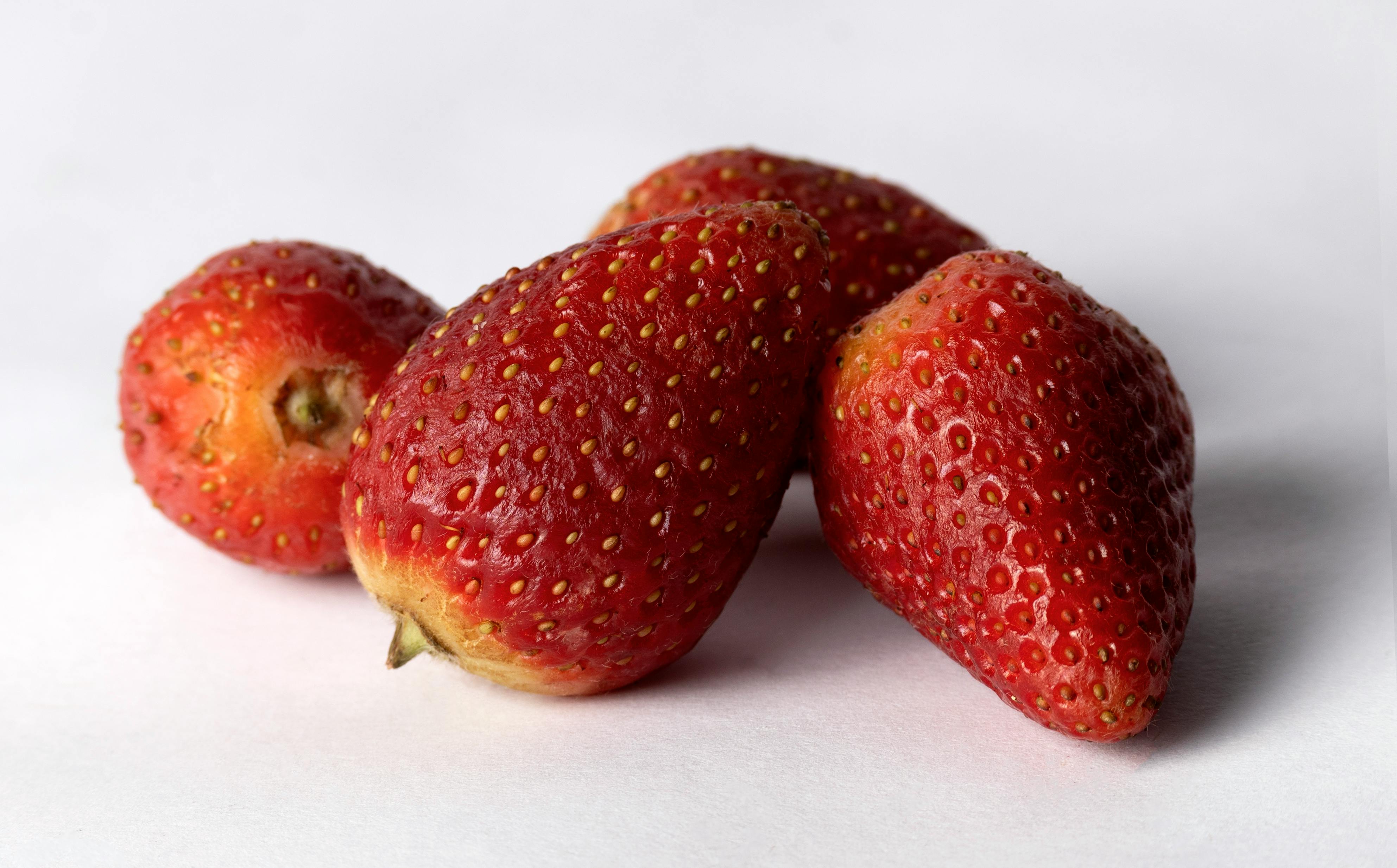
How to Easily Make Oat Flour at Home
Making oat flour at home is surprisingly simple and offers a variety of health benefits and versatility in cooking and baking. Oat flour, a gluten-free alternative, can be used in countless recipes, from pancakes and muffins to bread and pasta. As the demand for healthy, gluten-free options grows, knowing how to make oat flour can empower you to incorporate this nutritious flour into your meals easily. In 2025, embracing this wholesome addition can enhance your cooking experience while providing a healthy alternative to traditional flours.
The Process of Making Oat Flour
The process to make oat flour is straightforward and requires minimal equipment. You simply need oats and a blender or food processor to convert whole oats into flour. This simple process ensures the maximum retention of nutritional benefits while allowing you to avoid additives often found in store-bought flours. Start with whole rolled oats, as they provide the best texture and nutritional content in the finished product. For every cup of oats, you can expect to yield about one cup of oat flour.
Grinding Oats: The Right Equipment
To grind oats into flour efficiently, you can use various tools such as a high-speed blender, food processor, or even a grain mill. Each tool will provide slightly different textures of oat flour. For a fine flour, a high-speed blender is preferred. Simply add the oats into the blender and blend on high until they reach the desired consistency. This usually takes around 30 seconds to a minute. If you prefer a coarser texture suitable for certain baking applications, adjust your blending time accordingly. Try to opt for organic oats if possible, as they enhance the overall nutritional benefits of the flour.
Choosing the Right Oats
When deciding which oats to use for making oat flour, there are three main types: rolled, steel-cut, and quick oats. Rolled oats are the best choice for their balance of texture and ease of use. Quick oats can also work, yielding a finer texture; however, steel-cut oats require more grinding time and may not break down as smoothly. Overall, choose oats that suit your baking needs while considering factors such as texture and flavor. Once you grind the oats, you may notice subtle changes in taste and texture based on the type of oats used, which can significantly impact your baking with oat flour.
Benefits of Oat Flour
Using oat flour boasts numerous benefits, especially for health-conscious individuals or those following a gluten-free diet. Oat flour is rich in protein, fiber, and several critical nutrients, making it a wholesome choice for various culinary applications. Its unique nutritional profile contributes distinctively to baked goods. Understanding these advantages can elevate your approach to cooking and the choices you make at home.
Nutritional Profile of Oat Flour
The nutritional value of oats is impressive, as oat flour is high in beta-glucans, a type of soluble fiber known to help lower cholesterol and enhance heart health. A typical serving of oat flour can provide around 3-4 grams of protein per half-cup, alongside essential vitamins and minerals such as magnesium, iron, and B vitamins. These properties make oat flour an ideal ingredient for enhancing the health benefits of baked goods. Incorporating oat flour into your diet can contribute positively to your overall well-being while adding delicious flavors to your dishes.
Health Benefits of Oats
Oats are regarded as a superfood for a reason. Consuming oat-based products such as oat flour can lead to improved digestion as the high fiber content aids in bowel regularity. Additionally, oats have been linked with reduced risks of cardiovascular diseases and diabetes. They also serve as a valuable energy source, making them perfect for breakfast or pre-workout meals. By understanding these aspects of oat flour nutrition, you can make informed choices about including this ingredient in your cooking.
Using Oat Flour in Recipes
Oat flour proves to be an incredibly versatile ingredient in the kitchen, suitable for a wide array of recipes. From pancakes and cookies to bread and smoothies, its adaptability enhances many meals. Experimenting with oat flour can inspire healthier variations of classic recipes while retaining delicious flavors. Here, we will look at specific types of dishes where oat flour excels.
Baking with Oat Flour
When baking with oat flour, achieving the perfect texture can be key. If you’re creating oat flour pancakes, it’s advisable to use a mix of oat flour and another gluten-free flour, like almond flour, to attain a light and fluffy texture. When working on oat flour cookies, combining it with ingredients like coconut oil, ground chia seeds, or applesauce can enhance moisture and binding candidacy. Adjust other liquid ingredients to ensure a balanced dough. For more structured baked goods, like oat flour bread, pairing it with a rising agent can ensure good texture and volume.
Versatile Oat Flour Recipes
If you're seeking an easy oat flour recipe for breakfast, consider trying oat flour muffins or oat flour pancakes with fresh fruits. Both are quick to prep and allow for delightful customization according to your taste preferences. For muffins, incorporating ingredients like bananas or blueberries can enhance flavors and moisture. Alternatively, utilize oat flour in Desserts such as oatmeal cookies or energy bars. Whichever recipe you choose, you're bound to appreciate the convenience of using homemade oat flour.
Storage and Preservation of Oat Flour
Storing oat flour requires a bit of attention to detail to maintain its freshness. Ideally, keep it in an airtight container in a cool, dark place or the refrigerator for extended freshness. How to store oat flour is crucial as it can absorb moisture and scents from other ingredients, altering the flavor. Depending on your storage conditions, oat flour can last several months, but being mindful of its texture and scent can indicate if it's time for replacement.
Signs of Spoilage
When stored properly, oat flour can remain in good condition. However, it's essential to recognize signs that it may have gone bad, such as odd smells, discoloration, or clumping. Familiarizing yourself with oat flour storage will help you understand when it's best to use or discard your supply. Always check the expiration date if you purchase commercially, but homemade oat flour typically has a shorter lifespan. To maximize longevity, consider storing portions in the freezer, extending its potential use while retaining quality.
Creative Uses and Alternatives for Oat Flour
Beyond traditional baking, oat flour finds its place in various culinary aspects, such as thickening soups and sauces or providing an energizing boost in smoothies. Using oat flour in smoothies can add a nutritious benefit while improving the consistency. Mixing oat flour into oat bran, for example, creates a fiber-rich breakfast option. If you require gluten-free or lower-carb baking options, consider blending oat flour with other gluten-free flours for optimal texture and flavor enhancement.
Key Takeaways
- Making oat flour at home is quick and allows for freshness.
- Oat flour offers significant nutritional benefits, including fiber and protein.
- It’s a versatile ingredient that works well in a range of recipes.
- Proper storage and usage can enhance the benefits of oat flour.
- Oat flour can be a superb substitute in various culinary applications.
FAQ
1. What type of oats should I use to make oat flour?
The best choice for making oat flour is rolled oats due to their ideal texture and nutritional content. Quick oats can also work, but avoid using steel-cut oats as they are less processed, resulting in a coarser flour consistency.
2. Can oat flour be used in savory dishes?
Absolutely! Oat flour is versatile and can be used in savory dishes as a thickener for sauces, in savory pancakes, or for breading proteins. Its mild taste complements various flavors in both sweet and savory recipes.
3. How long can I store oat flour?
Homemade oat flour can be stored for several months if kept in an airtight container in a cool, dry place or stored in the fridge or freezer for extended freshness. Always check for clumping or odors to ensure it's still usable.
4. What are some common substitutes for oat flour?
Common substitutes for oat flour include almond flour, rice flour, or coconut flour, but keep in mind that adjustments to liquid ingredients might be necessary, as these flours have different properties.
5. How does oat flour impact the texture of baked goods?
Oat flour lends a denser texture to baked goods, making them moist due to the high fiber content. Using a blend of oat flour with other lighter flours can help achieve that lighter, airy texture if desired.
6. Is oat flour gluten-free?
Yes, oat flour is gluten-free as long as you use certified gluten-free oats, which ensures the absence of cross-contamination with gluten-containing grains during processing.
7. Can I cook pasta with oat flour?
Yes, oat flour can be used to make a gluten-free pasta. However, it's helpful to combine it with other flours, like almond flour, for better structure and chewier texture, as gluten gives traditional pasta its elasticity.

